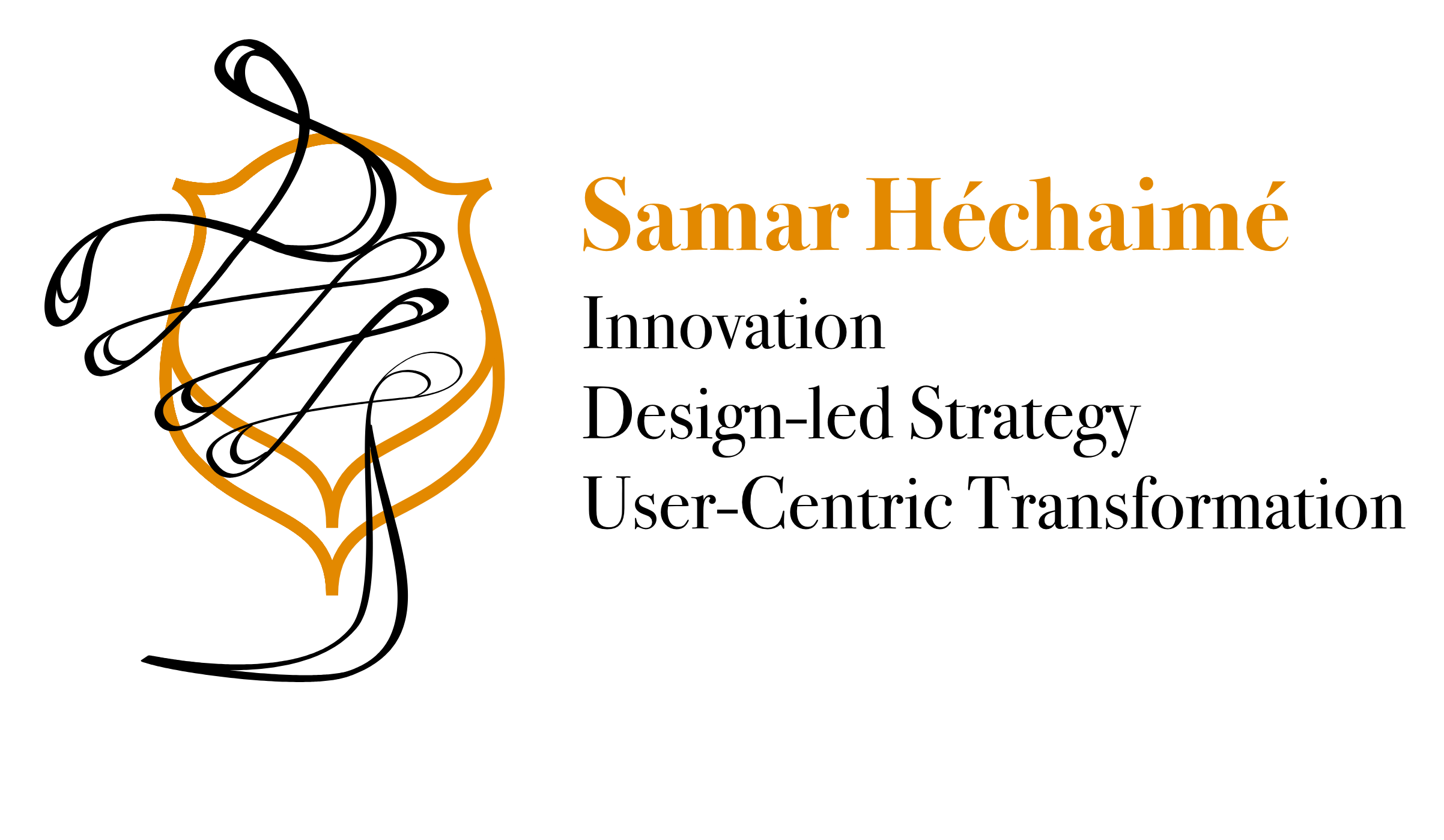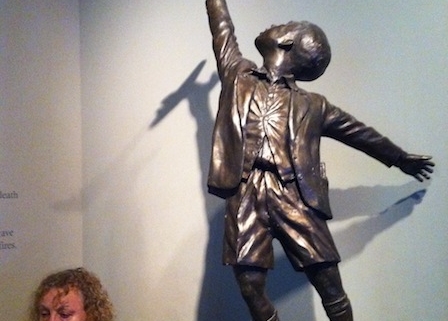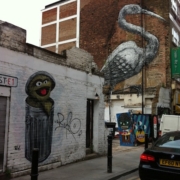the power to make us dream
Museums. They are in our cities. They are gateways to our culture, to our past, to our future, to our history, to our ingenuity, to our sorrows, to our triumphs, to everything that has made us human or has connected us to the nature and the universe we live in.
Museums are the soft power to our cities and to our countries. They have the power to shape perceptions and ideas. To influence and leave a mark. They are an immersive and engulfing experience that works passively at educating and forming points of views. Museums have the power to engage our emotions like very few places can, and the more they enthral us the more lasting their mark is going to be on us.
As cities go London is very well positioned with a wide-ranging arsenal of such soft power, from the public to the privately run. London holds a treasure in its midst that makes other cities envious. Nevertheless the perception and reaction to these treasures is as mixed and diverse as there are people giving their opinion. To some Londoners these museums are part of their past, their school day memories, and they have not been there since the field trips they have been dragged into by the educational institution they belong to. To other Londoners museums are where you go when you have visitors and otherwise they are places you avoid. Then there are those who have children and are grateful to having the museums that have free general admission as they provide easy and cheap grounds to entertain their toddlers, which in a way is commendable as these toddlers will hopefully grow up with an appreciation of culture, science etc and of shared heritages. To a few it is a constant inspiring destination that allows us to remember the power of dreams, with the unequivocal enchantment that we have such wealth under our fingertips (of course there might be a debate on who has the right to these treasures but this is a different discussion). To the visitors these museums are part of the checklist of things to do in London, and their experiences vary from the ticking of a check next to a list entry to the loss of oneself in a world and subject they are passionate about.
Regardless of what we think of the museums we have to admit that at least in London there is a democratisation to the access to such culture and such wealth, which is definitely something unusual globally.
Yet we are confined to interact with these jewels in only three different touch points. The first touch point is the physical location, the museum itself. The edifice that holds within its walls whatever wonders it has been bestowed upon it to collect, preserve, study and highlight. The second touch point is a virtual one, usually a website, sometimes some twitter accounts maybe a blog and similar web presences. The third touch point is usually an educational presence, a team that collaborates with the local educational institutions to take the museum into schools and bring the schools into the museums.
In my experience with museums and visiting a multitude of them, there are none as engaging and exciting as the museums that are targeting children such as the ‘Science Museum’ in London, the ‘Museum of Science and Industry’ in Chicago, ‘le Palais de la découverte’ in Paris and a slew of similar organizations and institutions. These museums are immersive, and fun. They teach you without lecturing. They put you in the middle of a situation and depending on the choices you make you might get different outcomes, which are clarified, for ease of understanding. You are part of the exhibit, and it does not sit detached and at a distance from you. These institutions are so beloved by their visitors that they take care of them while they are interacting with them. It is not because they are sturdy, because in some of these museums you have exhibits showcasing things as fragile live butterflies. It is because that engagement warrants a sense of respect even from the most rowdy of visitors. The curators and directors of these institutions have understood the power of fuelling the imagination and how that is done through an emotional attachment and a physical engagement. And mostly through fun.
The other day I was on the tube and there was a group of young girls, they were a troupe of brownies, in the same car as me. Their sense of excitement was so palpable. They had their backpacks and knapsacks and they were ready for an adventure. They were counting the stops and negotiating what their plans for the night are going to be. They were so captivating that they enticed the whole car into a conversation, something very rare in the tube in London or any public transport around the world for that matter. It turns out that these girls were heading to a night of camping at the Science Museum. How exhilarating! It is not a novel idea. I know many museums that have such an endeavours and they are always so exciting for the participants.
By the time the troupe had alighted you could feel a sense of common envy. I am sure we were all thinking that we wished we were part of that troupe.
What is interested about that incident is that these girls have offered unintentionally the fourth touch point to the museum, one that the museums have not harnessed its power properly yet. That touch point is the city and its inhabitants. It had infiltrated the living space of the urbanites and had absorbed them into its world even for a brief moment. Many museums as I mentioned do have such events, but mostly the parents drive their children to the museum or they go on a private bus to the museum especially when coming from a suburban area. The fact that these visitors were on the tube made the journey and the engagement with the other people along the way part of the adventure, and it brought the adventure to others who were not even planning on experiencing it. They also inadvertently became the ambassadors making us all want to go and experience the museum one more time.
The museums and the planes of the cities they inhabit should engage more with each other. Of course museums advertise their upcoming events. Some bring out a piece onto the streetscape outside the museum to lure people in. In some instances like in Paris metro stations ‘Louvre’ and ‘Arts et Metiers’, among others, the museum is brought into the public transport to create and interconnection between the museum, the ground plane, the street level, the underground level and those zapping through it on the metro. These work as momentary attention grabbers that don’t leave too much impact.
The conversation that was triggered on that tube car is what museums should strive to achieve it they would like to have a more lasting impact on the fourth plane of engagement. This fuelling of the imagination will would remain with us longer and make us dream much more readily. That conversation should be followed then through inside the walls of the museum to engage us and immerse us like it does with the children, allowing us to understand how what is being exhibited affects and forms our world and how we can use it to instigate positive change within our world. It should grab us so intensely that we live through that immersive experience and come out of it wanting and yearning for more, or maybe the opposite, which is being so turned off by something that we are willing to make the effort to change it.

























I’ve been thinking a lot about why science and children’s museums seem generally to be more accessible and popular than history and art museums. In part, I believe, it’s because they are more easily viewed as relevant to everyday life. However, we could also consider the respective role of objects in these museums. Again, speaking generally, science and children’s museums are less object-oriented than museums focused on history and art. They tend to utilize objects, whether actually or in exhibit cases, as part of getting across a larger idea. This makes them more apt to create exhibits that engage and stimulate visitors. Certainly art and history museums have made some progress in this direction, but many, and especially those outside of the larger cities, still tend to be hostage to artifact worship. Those of us working in these types of museums, and/or engaged in training the next generation, need to be willing to loosen our grip on the artifact and place it more clearly in the service of the public. That would be a significant step towards creating more “tubal” moments.
Elisabeth you are absolutely right. The cult of the object is what has rendered our museum experiences distant and cold. Humans have created these objects and even the most beautiful and intricate objects were made to be experienced by others. This veneration of the object has created the snapshot museum goers. Those who walk through the museum more busy snapping pictures of the pieces on display than seeing and immersing themselves within their realm. Even if the objects are not meant to be touched they are still meant to be experienced in some way. Redefining that experience within the walls of the museum and outside of it is a step towards revolutionising the museum experience.
I agree with Elisabeth’s comments the one thing science and chldren museums offer is the interactivity. Science museums are merging with science centers in a conceptual way, showcasing the present and looking towards the future. The hands on experience resonates and appeals to those who learn by doing rather than reading. Fun for everyone if you engage the visitor in a significant way. The experience in the tube will need less promotional investment leaving more funding available for where it matters, the visitor experience.
Fern, as you have mentioned it is that holistic approach that the science museums have taken that has rendered them spaces of true learning. It is the collaboration between the scientific research institutions, the museums and the learning institutions that have allowed the creation of such environments. We all learn better when we are immersed and engaged. Even the readers and the researchers need to go to the lab to explore their theories, prove or disprove them. In schools today practical problem solving is becoming a way to connect the dots for students in immersive learning whether they are solving forensic problems or they are building robots, theses exercises allows the theories to become real in the minds of the students. They therefore understand the practical applications of physics, chemistry, natural sciences, biology and math and how they all connect to each other, allowing them a multitude of eureka moments.
If we look at the way literature and humanities have been taught there is still a similar distance in their teaching process as there is in the exhibition and institutions that celebrate them. For me it took a teacher to make us perform Shakespeare for us to understand the plays as they are, the exploration and understanding of the intricacies of human interactions.
The tube experience could be where these immersions start and the conversations get sparked. If we consider creating the equivalent of the ‘café littéraire ‘ for the museum or guerilla museum presences around the city, these could become satellite connection points that engage the visitors before they enter the museum and actually pulls them to cross those gates. Museums will end up with incubators where ideas are generating themselves rather than imposed upon the visitor. As you mentioned this experience is definitely a most cost effective means of promotion for the museum since it is alive, and allows you to use funding in other places. It also would be the places to test the visitor experiences in rapid prototyping methods, exploring experience ideas on small scale before spending the budget to build the whole thing. It also would be places to engage the potential visitors in the process of designing the experience, making them more connected to what the experience is about and how it connects to their lives.
Cool!